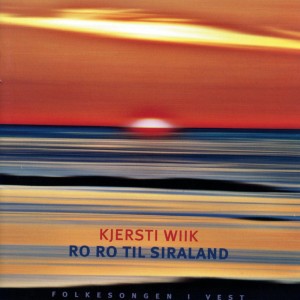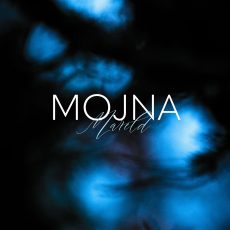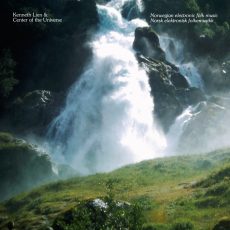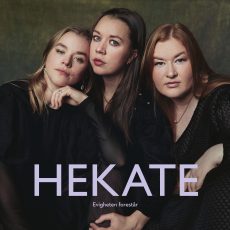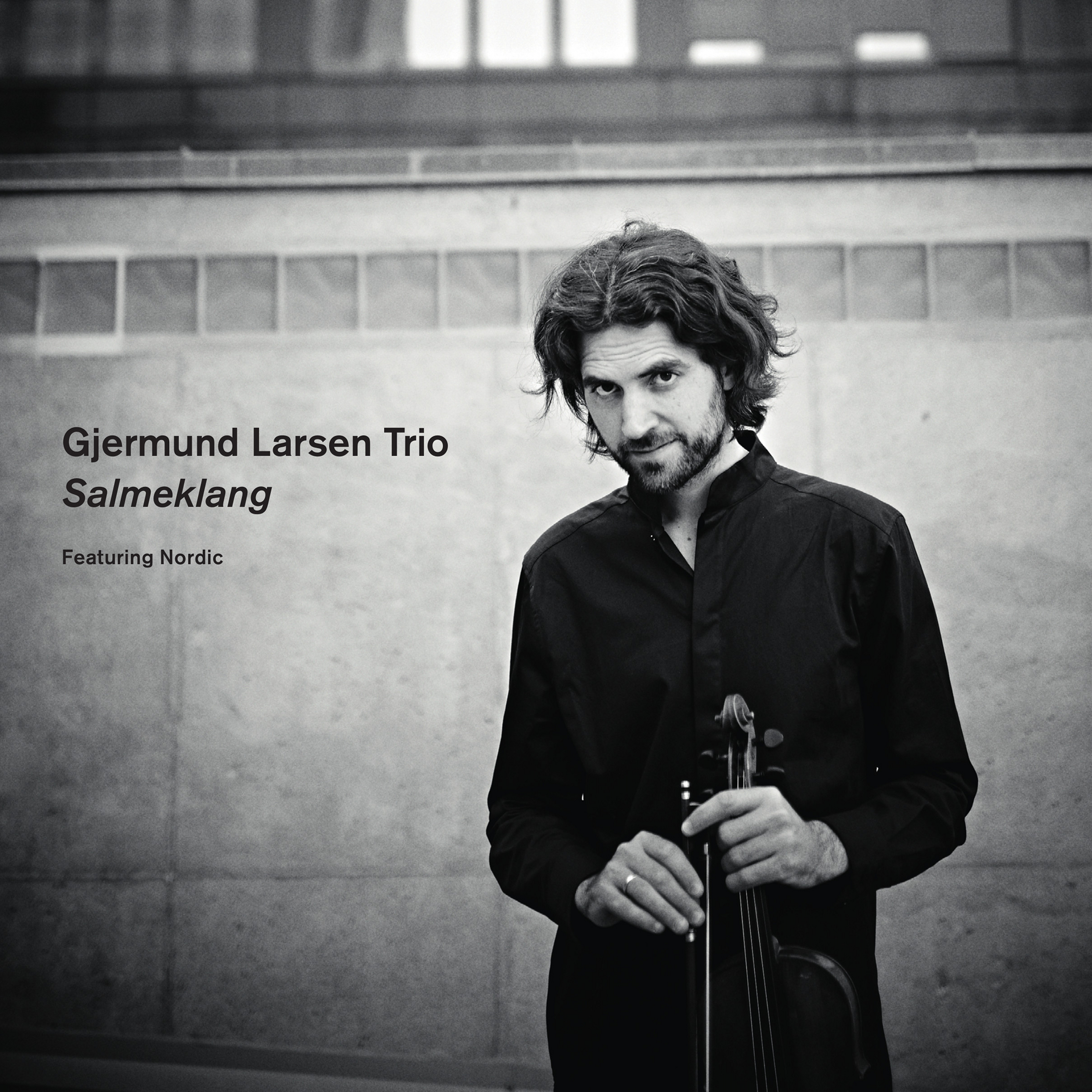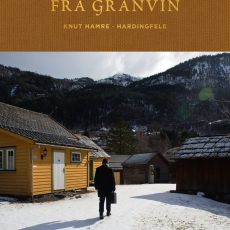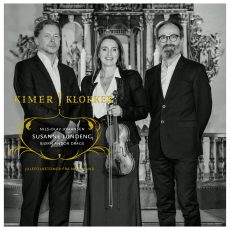Cultural heritage made avilable: Song traditions from Western Norway
The Discovery of a Nearly Lost Tradition
As a result of the general modern development the use of folk music and folk song degenerated. For a long time it seemed to be dead and gone. Children and young people in the 1970’s and 1980’s did not know their own song tradition. It was only in the 1990’s that I became aware of the fact that there was a living song tradition among us «strilar» in south-western Norway. I therefore took the initiative to collect vocal folk music in the areas near Bergen. The project was financed by the municipality of Lindås and the Council for Folk Music and Folk Dance. Later the collection work has continued at my own costs.
Collecting Traditional Folk Tunes
The last five years I have collected about 600 vocal folk tunes from these regions. These songs have been filed in the Arne Bjørndal Collection in Bergen. In this way they are preserved for posterity. At the same time I was eager to make this cultural heritage available. Thus I have taught «kveding» – tradional song – both in music schools and privately. There has been considerable interest for singing in the old way. I have also given many concerts in eastern and western Norway – both alone and together with well-known musicians as Sondre Bratland and Iver Kleive.
In order to make our cultural heritage available the CD Strilesølv was released in 1997. This CD contained a little selection of folk tunes from my collection work. The CD that you are now listening to presents more local tunes. The songs which are presented on this CD span from religious tunes to popular folk tunes. In order to appeal today’s listeners the songs are presented in a modern fashion, at the same time as I have attempted to preserve their old characteristics. The Hardanger fiddle and the human voice are the basic elements.
The «Stril» People and Their Song
The farmer-fishermen on the Norwegian coast near Bergen are traditionally referred to as «strilar». Right up to 1960 small farming and fishing was their way of life. In earlier times they sailed or rowed to Bergen, where they traded their produce with whatever they could not produce or make themselves. In this way they became dependent of the town. They struggled to make ends meet, but their song was a central part of their culture. It was sung by the cradles, to call the cattle, to say prayers, at weddings and funerals. They also had their work songs. The rythm in these songs made it easier to do heavy work.
The old trades are still practised in this area. In addition we have become major producers of more international commodities, like oil and natural gas. We are not any longer as dependent on Bergen as we used to be. There is now a well-developed industry and trade in our own region. Cultural life is blossoming. More and more is done to preserve our cultural heritage, and folk song contributes to awakening this interest. There are also several brass bands and choirs which have started to use the folk song. Most people are now more conscious of how important it is to to use their own cultural heritage in new forms and connections.









